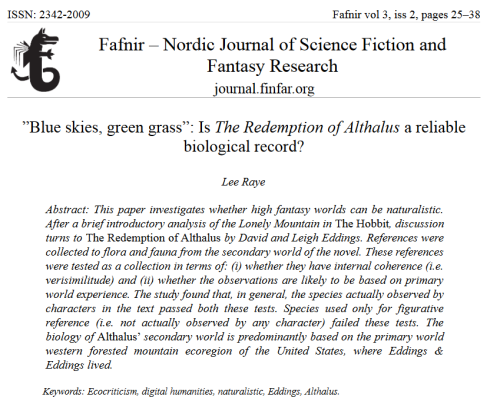Species: One black hauthorne (unearthly Crataegus monogyna / Crataegus laevigata) and one generic thorn (most likely the same species). These bushes are, strangely both used by knights to store their weapons.
Source: ‘Sir Gareth’ one of the tales from Le Morte Darthur by Thomas Malory.
Date: Le Morte Darthur was probably complete in manuscript form by 1460 CE, and was first published by Caxton in 1485.
Highlights: A significant portion of the plot of ‘Gareth’ is concerned with the main character’s battles with a group of Power Rangers. He defeats a Black Knight, a Green Knight, a Red Knight, a Blue Knight a second Red Knight and a Brown Knight.
Is Gareth seeking perfection through alchemy (Wheeler, 1994)? Is Gareth seeking to fight his way up through the ranks to becoming the golden knight (Tiller, 2007)? Where do the bushes come in? Is this the end of the Power Rangers?
Read on to find out.

The MS image is from BL Royal 14 E III, f.97v. One of the knights is Gareth. It is in the public domain because of its age. The photograph was taken by Mooshuu and is licensed under CC-BY-SA-2.0. If you know the identity of the cosplayers here please let me know.
Continue reading →








